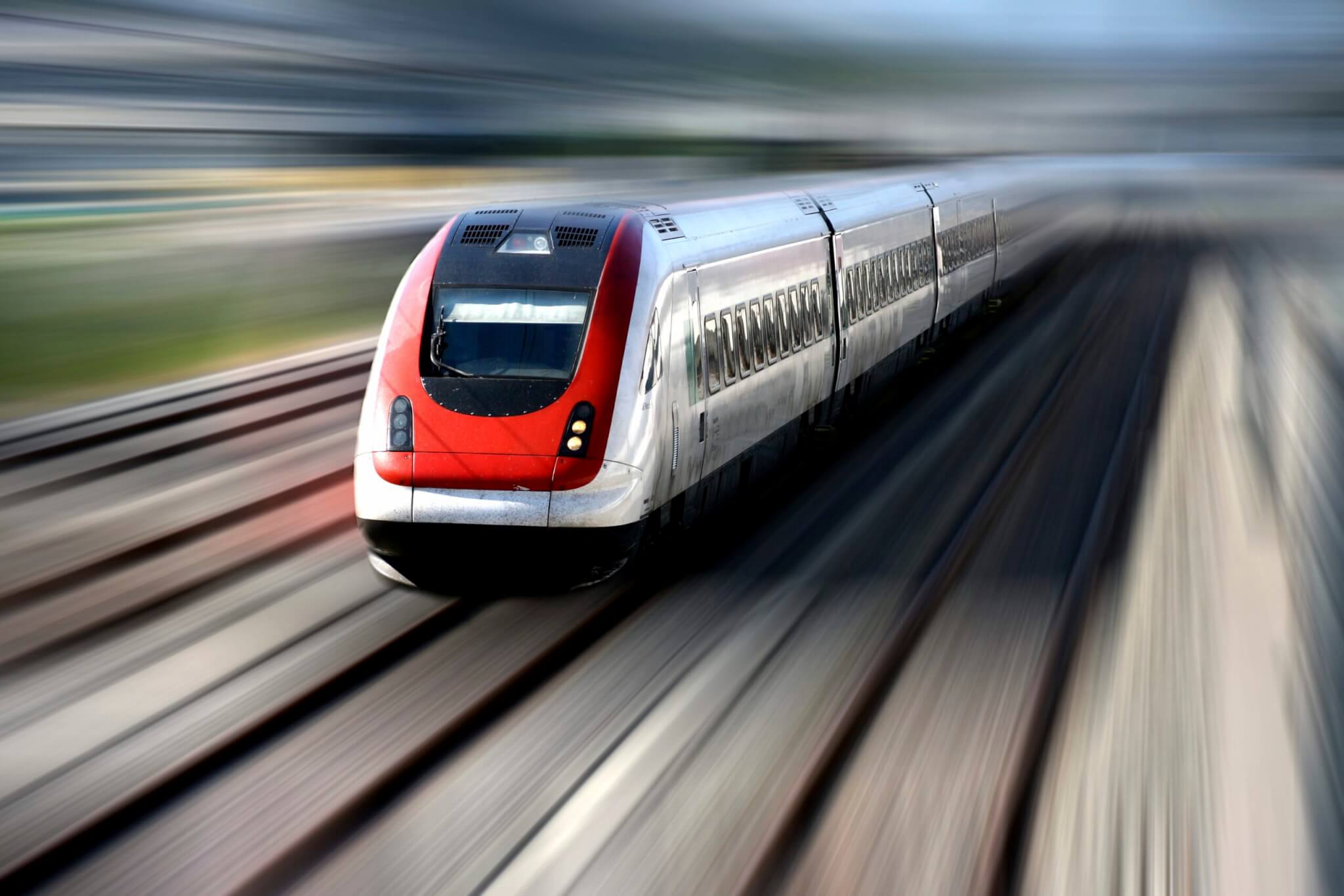 GSM Railway (commonly known as GSM-R) is an “international” Wireless communication standard for railways that allows communication in this environment. Indeed it was a system that was developed for Europe, but due to its success it has been deployed in Asia-Pacific, Middle East and Africa.
GSM Railway (commonly known as GSM-R) is an “international” Wireless communication standard for railways that allows communication in this environment. Indeed it was a system that was developed for Europe, but due to its success it has been deployed in Asia-Pacific, Middle East and Africa.
It is the network that has enabled trains and control centers to communicate with each other for well over 10 years. Similar to a standard GSM network, but the “base stations” run along the railway track (not on a traditional two dimensional system) and hence this is what allows trains and the control centers to communicate even when the trains run at over 400 km/h.
GSM-R has been so successful that forecasts say that this network still has some years of growth left, however there is one very important issue, that causes the market to think that the time has come to find an alternative. The issue is quite clear. GSM-R is a 2G network, and it is not IP based. Carriers only have a limited amount of radio spectrum allowed and they are phasing out older, less efficient 2G technologies in favor of newer systems like LTE. That, some people say, makes GSM-R virtually an outdated system that will soon become too expensive (or impossible) to run.
Is LTE an alternative for GSM-R?
Many say that LTE is definitely a very strong contender. However, for LTE to be the adequate successor of GSM-R, certain hurdles have to be crossed. First of all, LTE will have to prove itself as being a telecommunication system that offers railway operators: Reliability, Availability, Maintainability and Safety. Without all these four requirements covered, no communication network will be taken on by the railway operators as an alternative to GSM-R.
Once LTE accomplishes reliability, availability, maintainability and safety, it will be a much better system for the railway operators, because not only will LTE be able to cover “core services”, but it will also be able to offer “additional communication services”. The latter are passenger services and business support process services. The non-core services may not be a must to operate, but they will definitely gain in importance if the railway operators want to give their passengers added value services and become more efficient from a business perspective. The railway is not alone in the transport market and they have to fight against the other modes of transport to obtain the desired market share, both in the passenger market and the transport of goods market.
For example, when a passenger selects travelling on a train or on another mode of transport, he/she will evaluate the ease with which a route can be planned (traveler information; schedules, delays, etc.) or the ease with which a ticket can be obtained (e-ticketing). Moreover the passenger will most definitely value very highly the availability of broadband internet access and on-board multimedia services.
LTE, the future of communications for transportation
Apart from this business perspective, there are obviously many specific technical issues which have to be studied in great depth. LTE will not only need to prove that it is capable of giving all the features which GSM-R offers for core services, such as Voice Group Calls, Voice Broadcast Calls, Location Addressing, Data Exchange, etc., but it will have to provide many new core services to the railway operators. However, this is totally logical and it is what is expected when a more modern technology and network is put into place. LTE’s high performance and extended operational range argue well for its dominant role in the future.
In conclusion, what is clear, is that over time GSM-R will become a more expensive network than LTE, because by simply being 2G and not IP based, GSM-R cannot compete with LTE to offer these increasingly important expanded operational and passenger services. Indeed, Teldat has a lot to offer in the area of high performance services with LTE. We have been working on many projects across the globe. From USA to the Middle East across Asia up to New Zealand. Especially, offering passengers broadband connection to the internet, using Teldat’s Wi-Fi devices and special LTE routers for the transport sector. Teldat offers communication equipment which is a core element of the mission-critical services of various transport projects.


























